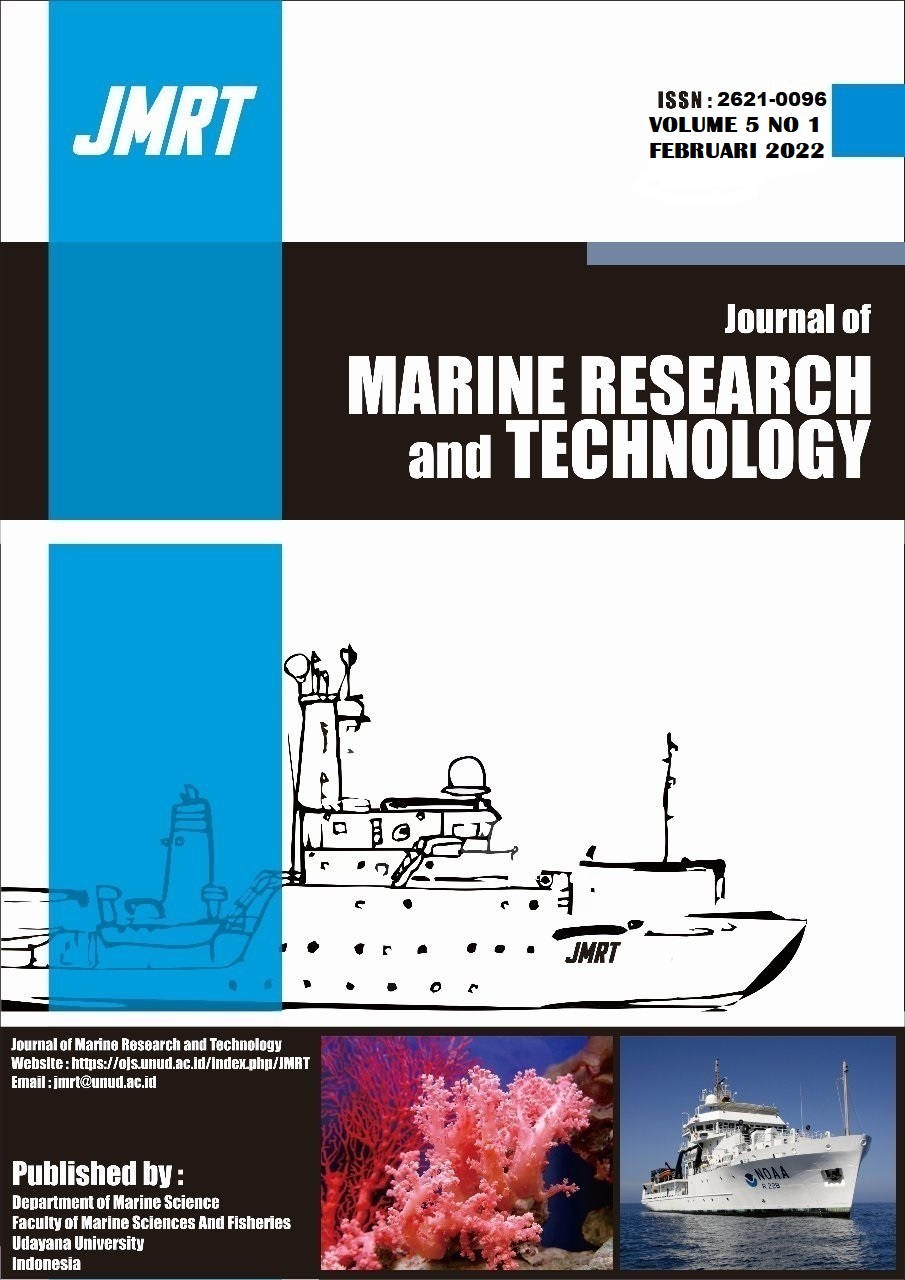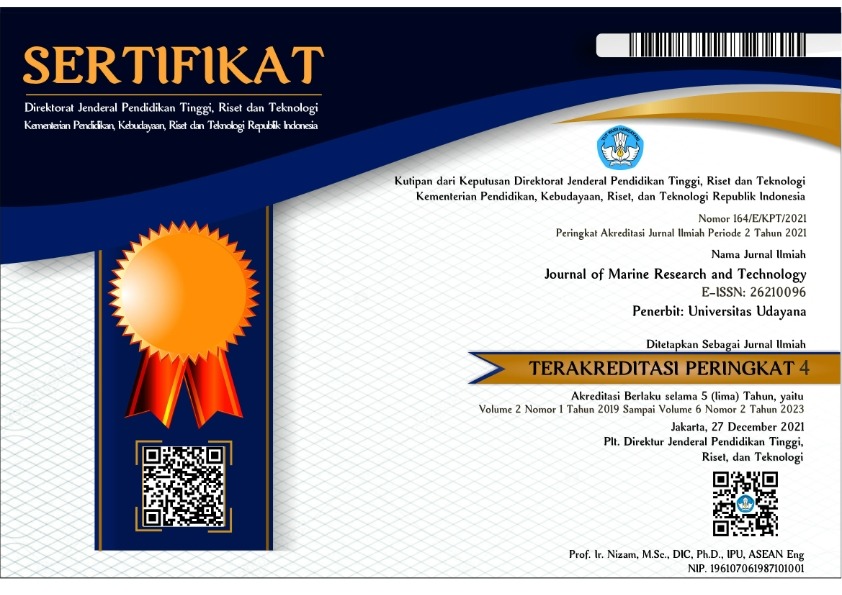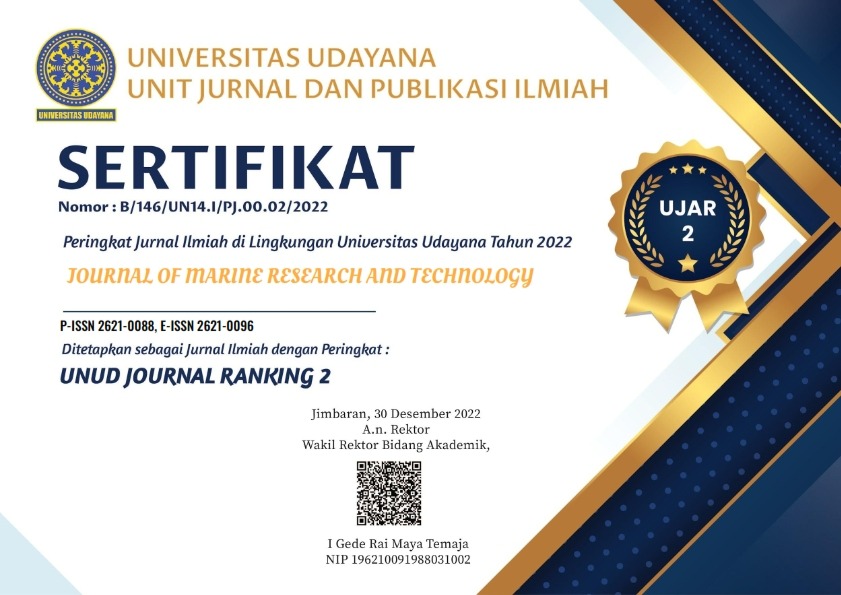Potensi Sampah Masuk ke Laut dari Aktvitas Darat di Kabupaten Badung, Provinsi Bali
Marine Debris; Land Activities; Generalized Additive Model; Badung Regency
Abstract
The development of tourism potential in Bali Province has actually penetrated into every district and city, especially in Badung Regency which has significant tourism development. This is of course closely related to the population growth in this region. As an interrelated effect, the high intensity of population growth in Badung Regency is also in line with the increasing volume of waste along with the rate of population growth, technological improvement, socio-cultural activities, and the economic growth of the community. Garbage generated from land and distributed to the sea becomes marine debris. The marine debris usually comes from rivers and generally a type of plastic waste. If marine sustainability is polluted by substances generated by waste continuously with large volumes in high concentrations, it can cause damage to the balance of the sea. The purposes of this research were: (1) to determine the characteristics and concentration of waste on land and river borders and (2) to find out how much potential waste enters the sea because of land activities in Badung Regency, Bali Province. Field data collection was carried out for 2 months by using the method developed by CSIRO (Commonwealth Scientific and Industrial Research Organization) then the data was analyzed by using the Generalized Additive Model (GAM) regression model. The research found that garbage from land activities in Badung Regency was generally dominated by 32% non-plastic waste and 68% plastic waste. This plastic waste was generally found in the form of fragments, which was 83% and 17% was found to be in whole condition. The potential for the entry of marine waste was linear and significant in the source variables of potential waste in the form of total population, distance of points from settlements, distance of points from market and distance of points to tourism.
Downloads
Copyright Notice
The copyright to this article is transferred to Journal of Marine Research and Technology (JMRT). The copyright transfer covers the exclusive right and license to reproduce, publish, distribute and archive the article in all forms and media of expression now known or developed in the future, including reprints, translations, photographic reproductions, microform, electronic form (offline, online) or any other reproductions of similar nature.






